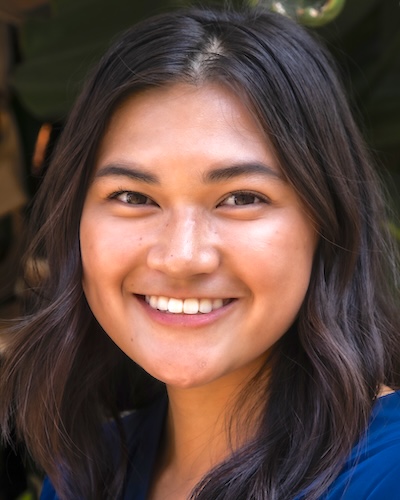More than Observation: Insights from My Shadowing Experiences

September 26, 2024
by Cara
In preparation for applying to OT school, I was intimidated by the requirement of 80 observation hours. How could I accumulate that much experience in just one summer? Luckily, with a little networking through family friends and help from Google, I shadowed across three different settings: inpatient (acute care), school-based, and outpatient. Each experience not only exposed me to the field but taught me the importance of learning with an open mind.
Starting with inpatient (acute care), I explored a variety of specialties, from ICU to neurology, burns, orthopedics, pediatrics, cardiac, and trauma. The focus is to help the patient get better and decide where they go next, whether it’s home, a nursing facility, or daily rehab. As patients recovered from heart surgery, spinal injuries, strokes, work-related injuries, neurological trauma, or burns, the OTs addressed bedside mobility, dressing, personal hygiene, range of motion, and consciousness. They assessed how well the patient could do the above without assistance.
While I had always thought I would end up in pediatrics, my visit to the burn unit sparked a newfound interest. Seeing such severe injuries is not for the faint of heart, but there’s something about the strength and progress of the patients that drew me in. I felt more challenged because of the complexities of the burns and the intricacies that come with treating them. Moreover, the reliance on visual aids, such as the burn itself and images of post-surgery skin grafts provided greater insight into a patient’s range of motion, independence, and pressure tolerance than written notes. As a visual learner, this resonated with me.
Moving onto school-based OT, I observed high-functioning students as OTs focused on improving fine motor skills like handwriting, pencil grasp, and line spacing. It was interesting to see differences in letter formation and recognition; some reversed letters or wrote from bottom to top. I also couldn’t help but notice a fisted grasp pattern among the students, and that I, too, grip my pencil incorrectly instead of the proper tripod grasp. Furthermore, I learned standardized tests like the Beery VMI and Bot-2, which determine eligibility for OT. These included activities like drawing, comparing shapes, and transferring or sorting objects to assess visual and motor skills. I got to test these on myself, in which I discovered that I needed to improve my manual dexterity.
Finally, in an outpatient setting, I got to be a little kid again, recognizing how play can help make learning fun. Here, OTs used play-based interventions to improve kids’ independence and achieve their goals. Equipment included a rock wall, hammock, and interactive games. At first glance, it seems like this is just a setting to let loose. But, play-based therapy addresses skills like problem-solving, fine motor, bilateral coordination, and self-control. For example, I learned that playing on a scooter can strengthen the core, playing with slime helps with sensory integration, and using tweezers to sort colors develops the pincer grip needed to hold a pencil or utensil.
From the hospital, classroom, and indoor playground, each experience has made me realize all the ways I can make a difference as an OT. Maybe you’re someone who already has their heart set on a certain specialty. Still, I encourage you to explore the many faces of OT. You might discover new interests, identify skills that need improvement, or even realize that you could use some OT as well!
⋯
Next by tag What are OS/OT? ⟩
⋯





